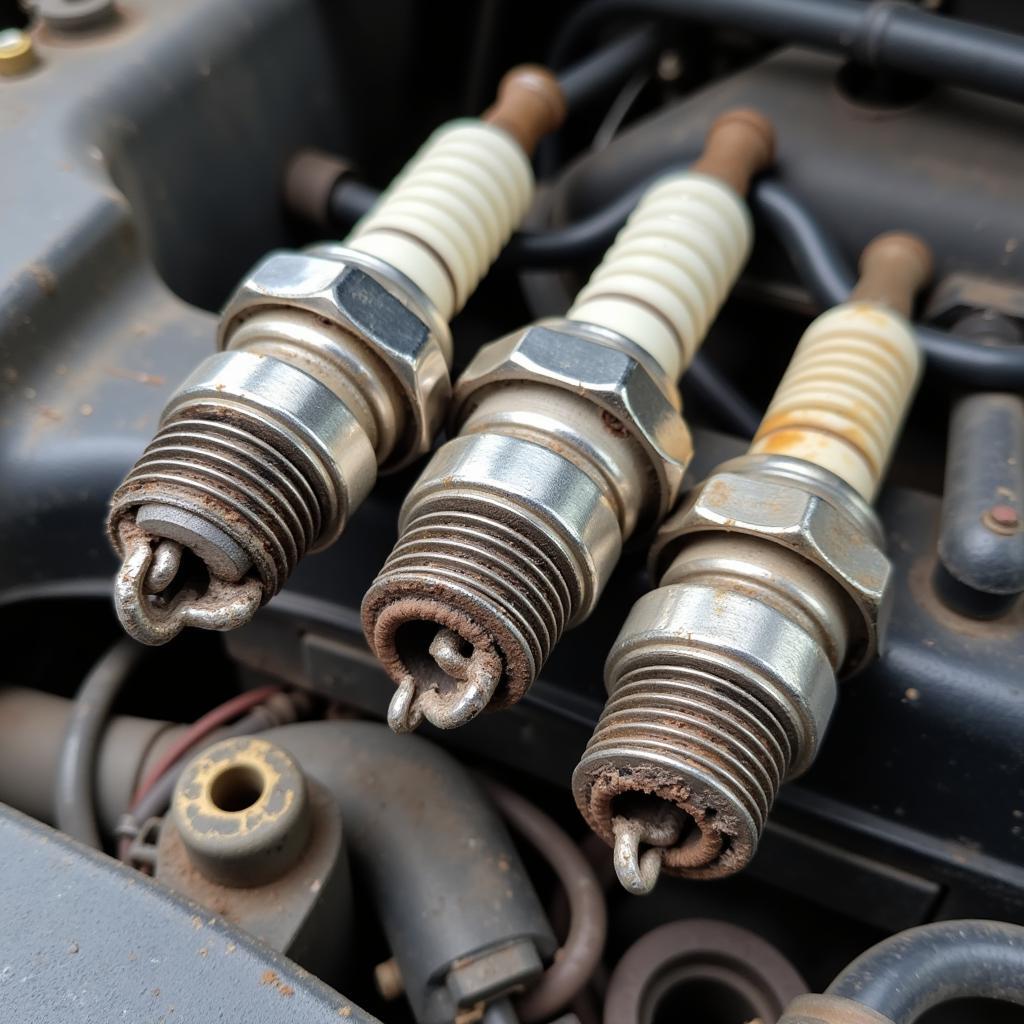Troubleshooting a malfunctioning car power amplifier can be frustrating. Whether you’re experiencing distorted sound, no sound at all, or other issues, this guide provides a comprehensive approach to diagnosing and fixing your car power amplifier problems.
Identifying the Problem: Where to Start
Before diving into repairs, pinpoint the source of the issue. Is it actually the amplifier, or could it be something else? Check the head unit, speakers, and wiring. A simple loose connection can sometimes mimic amplifier failure. Begin by inspecting the fuses. A blown fuse is often the culprit and a cheap, easy fix. If you’re constantly blowing fuses, however, there’s a deeper issue that needs addressing. Consider checking how to fix a car amp that blows fuses for more specific guidance on this common problem.
Checking the Power Supply
Ensure the amplifier is receiving power. Use a multimeter to check the voltage at the power and ground wires. No power? Trace the power wire back to the battery, checking for breaks or loose connections. A bad ground connection can also cause problems. Make sure the ground wire is securely attached to a clean, metal surface on the car’s chassis.
Inspecting the Amplifier’s Input and Output
Test the amplifier’s input and output signals. Use a test tone to see if the signal is passing through the amplifier correctly. If there’s no output, the amplifier’s internal circuitry might be faulty. Alternatively, a distorted output could indicate a problem with the amplifier’s gain or other settings. Do you have a busted speaker? Learn more about how to fix busted speaker in car for guidance on speaker issues.
How to Fix a Car Power Amplifier: Common Solutions
- Check and Replace Fuses: Start with the basics. A blown fuse is the simplest fix.
- Secure Wiring Connections: Ensure all power, ground, speaker, and RCA connections are tight and free from corrosion.
- Grounding Issues: A poor ground connection is a frequent cause of amplifier problems. Ensure a solid ground.
- Overheating: Amplifiers can overheat, especially if they aren’t adequately ventilated. Ensure proper airflow around the amplifier.
- Internal Amplifier Problems: If the above steps don’t resolve the issue, the amplifier itself may have internal damage. This might require professional repair or replacement.
Getting Professional Help
“When troubleshooting a car power amplifier, start with the simple things like checking fuses and connections,” advises John Miller, a certified automotive electrician with 20 years of experience. “Often, the problem lies in these basic areas. However, if you’re not comfortable working with car electronics, it’s best to consult a professional.”
Sometimes, even with diligent troubleshooting, the problem might be beyond a simple DIY fix. If you suspect a more complex issue or are unsure about any steps, seeking professional help is crucial. Wondering about the cost? Check out how much to fix blown car speakers for insights into repair costs, which can be comparable to amplifier repairs. Also, dealing with pesky engine noise in your stereo? See our guide on fix engine noise car stereo.
Conclusion
Fixing a car power amplifier requires a systematic approach, starting with basic checks and progressing to more complex diagnostics. Remember, a properly functioning amplifier is essential for a quality car audio experience. By following these steps, you can troubleshoot and potentially resolve common amplifier issues. If the problem persists, don’t hesitate to seek professional assistance. Contact AutoTipPro at +1 (641) 206-8880 or visit our office at 500 N St Mary’s St, San Antonio, TX 78205, United States for expert advice and solutions. We are here to help you enjoy your car audio to the fullest! If your issue lies with your car DVD screen you might find this resource helpful: how to fix a car divd screen.







Leave a Reply